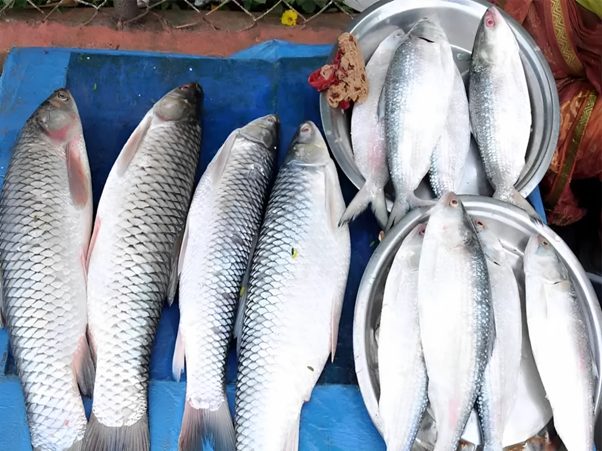Pulasa season has started — and as expected, the madness has returned.
In Andhra Pradesh, a single Godavari Pulasa fish was recently sold for ₹22,000 at an auction. For those who follow this tradition, this is no surprise. In peak demand, prices can touch ₹50,000 per fish.
This happens every monsoon, when the Pulasa swims upstream into the Godavari from the sea. Its season is short, the catch is limited, and the cultural demand is high.
Local traders say it’s not just about taste — the Pulasa holds value for its soft texture, local identity, and even medicinal beliefs. The auction hype adds to the premium pricing.
For many, this fish is not just food. It’s part of monsoon culture.
It’s also a reminder that strong cultural branding — even without export tags or fancy packaging — can create real value at home.
Might be worth asking: Can more native fish in India be positioned like this?
𝗣𝘂𝗹𝗮𝘀𝗮 𝗠𝗮𝗱𝗻𝗲𝘀𝘀: 𝗧𝗵𝗲 ₹𝟮𝟮,𝟬𝟬𝟬 𝗙𝗶𝘀𝗵 𝗧𝗵𝗮𝘁’𝘀 𝗗𝗿𝗶𝘃𝗶𝗻𝗴 𝗔𝗻𝗱𝗵𝗿𝗮 𝗖𝗿𝗮𝘇𝘆!
94
previous post

